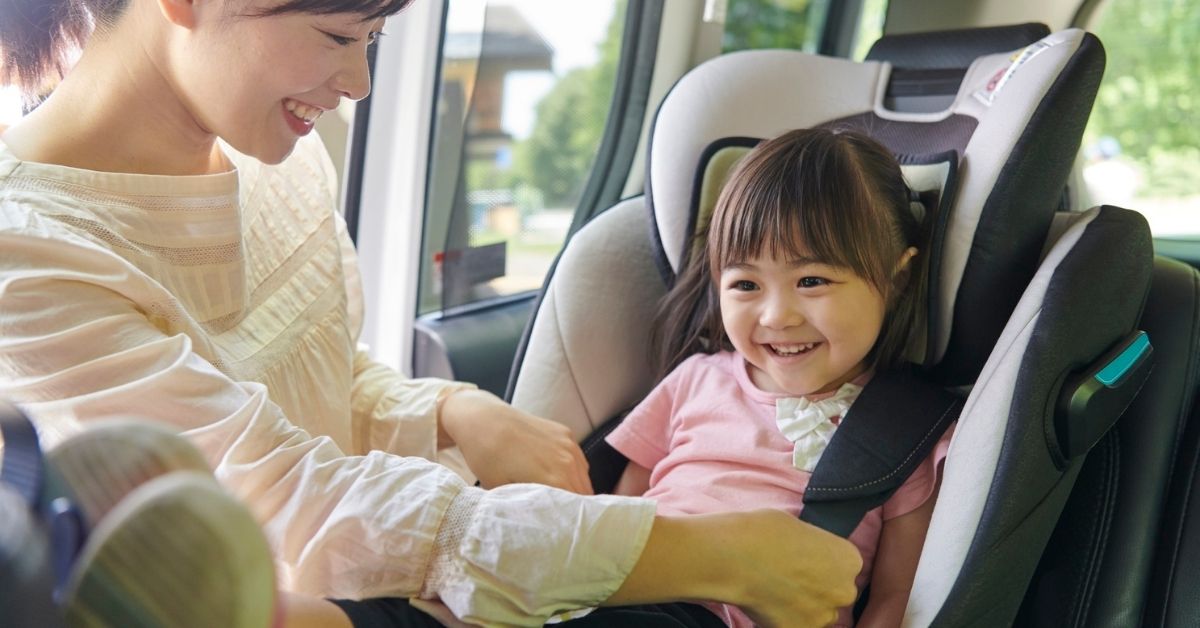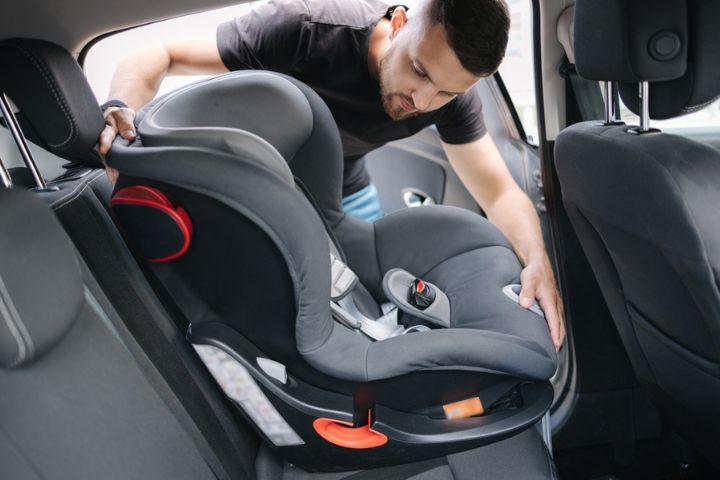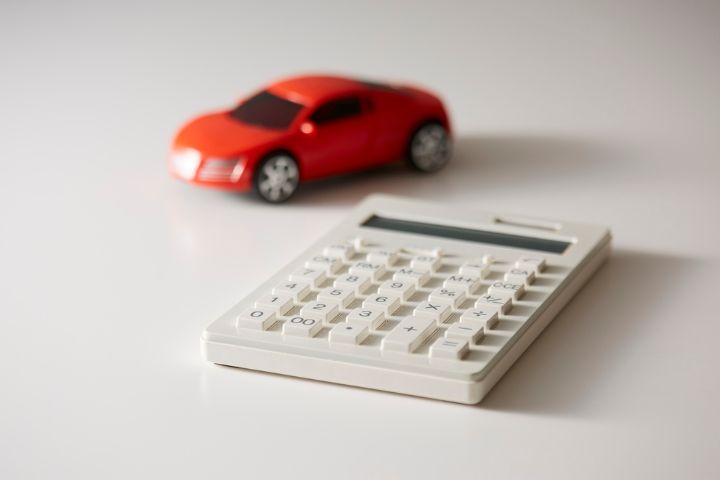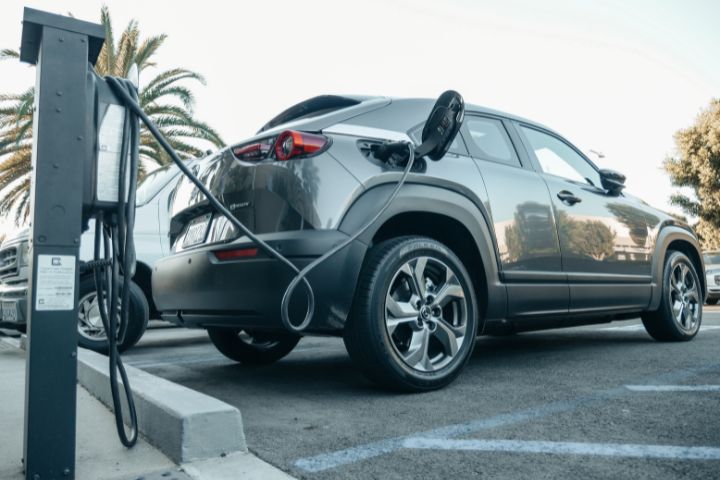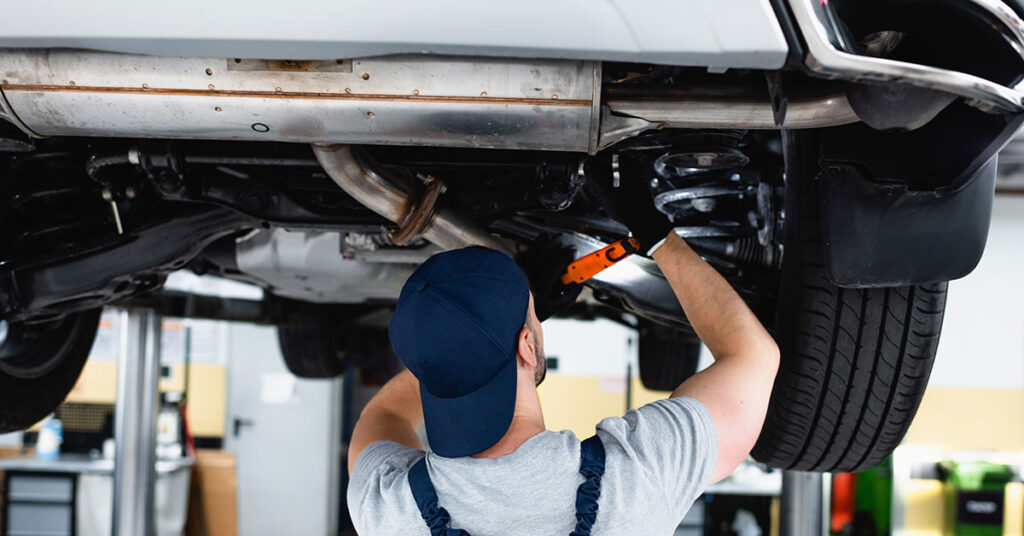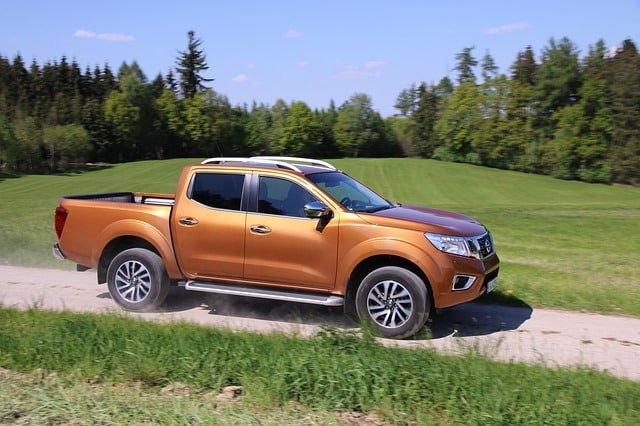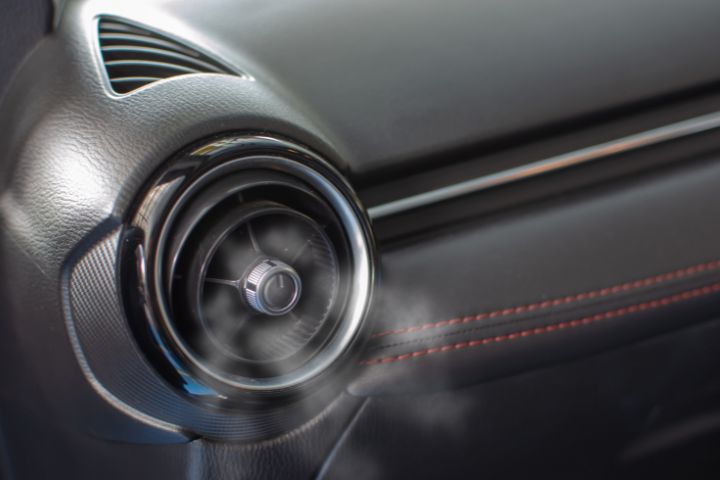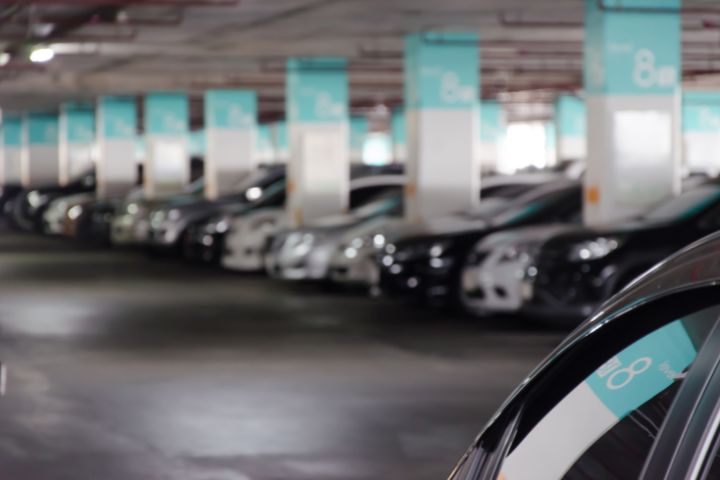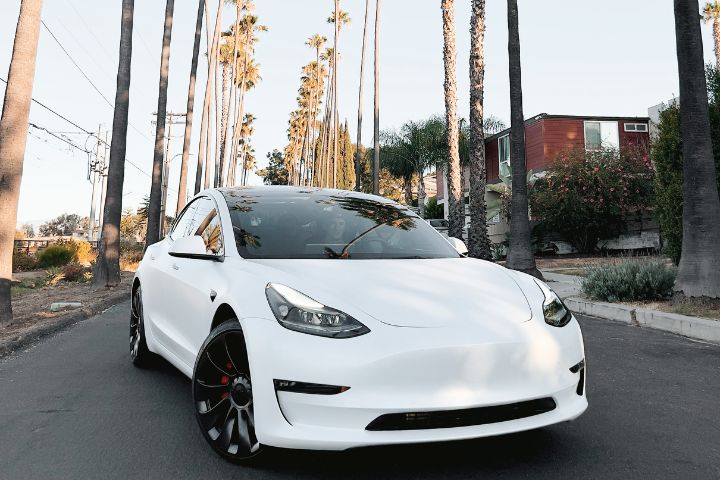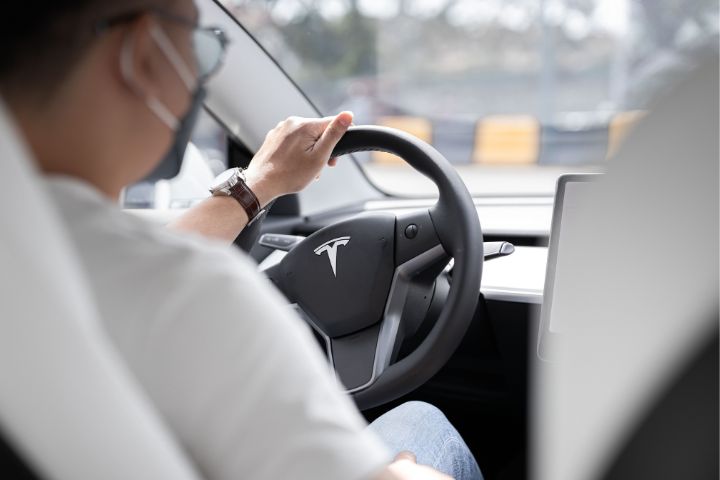Selling your car can feel like stepping into a high-stakes game. The price you walk away with depends on how well you play.
Negotiation isn’t just for seasoned car dealers – anyone can do it with the right tactics. This guide breaks down how to prepare, what to say, and what to avoid when trying to get the best deal for your car.
Why Negotiation Matters in Car Sales
Negotiation is more than haggling over a number. It’s your chance to control the terms, defend your car’s value, and walk away satisfied.
Most buyers expect a little back-and-forth, so showing confidence can pay off – literally. A good negotiation can boost your sale price by hundreds or even thousands of dollars.

Understanding the Value of Effective Negotiation
When you negotiate well, you’re not just making a sale; you’re setting the tone for how seriously you’re taken. Buyers can sniff out uncertainty.
If you’re unsure of your car’s worth or hesitant to stick to your price, they’ll push for a discount. Strong negotiation helps you hold your ground and prove your car is worth the asking price.
Common Myths About Car Sales Negotiation
Some people believe only experts can negotiate. Others think it’s rude to counter an offer. Wrong on both counts. You don’t need a silver tongue – just preparation.
Another myth? That all buyers want to rip you off. Most are just looking for fairness. Negotiation is a dance, not a war.
Essential Preparation Before You Start Negotiating
Going into a car sale without preparation is like showing up to a job interview in pyjamas. You might get through it, but probably not with great results.
A little effort before the sale can make the whole process smoother – and more profitable.

Know Your Car’s Market Value
Start with research. Use sites like RedBook, CarsGuide, or Drive.com.au to see what similar vehicles sell for in your area.
Factor in your car’s make, model, year, mileage, condition, and any modifications. Write down a price range: the high end (what you’d love to get) and the low end (the minimum you’ll accept).
Gather All Relevant Documentation
Have everything ready: registration papers, service history, roadworthy certificate (if needed), and proof of ownership.
Buyers love transparency. If your paperwork is messy or missing, it raises red flags. A folder full of records says, “This car was loved.”
Clean and Present Your Car Professionally
First impressions stick. A clean, well-kept car looks more valuable. Wash it, vacuum it, and maybe throw in a fresh air freshener.
If there are minor repairs you can fix cheaply, like a blown bulb or worn wipers, do them. Presentation can tip a buyer from “maybe” to “let’s deal.”
Understand the Legal Requirements in NSW
In New South Wales, selling a car means ticking a few legal boxes. If you’re selling privately, you’ll likely need a pink slip (safety inspection).
The buyer will want a receipt with details like date, price, and both parties’ names. If you still owe money on the car, the buyer should know. Honesty now saves headaches later.
Top Techniques for Successful Car Sale Negotiation
When it’s go-time, your strategy matters. Confidence and clarity win negotiations. You don’t need tricks – you need a plan, a price, and a polite poker face.

Set a Realistic But Competitive Asking Price
Start slightly above your ideal price. This gives you room to negotiate. Don’t go too high or you’ll scare off buyers before they even call. Think of it as fishing – you want to reel them in, not chase them away.
Be Confident, Polite, and Firm
A friendly tone makes buyers feel comfortable. But firmness keeps things on track. If someone lowballs you, smile and say, “I’ve done my research.
That offer’s a bit below what this car is worth.” That’s a lot better than saying, “I guess I could drop the price…”
Control the Conversation and Set the Terms
Ask questions. Who’s the buyer? Why do they want your car? What’s their budget? The more you know, the more power you have.
You’re not just answering questions – you’re leading the chat. Let them make the first offer. Then you steer from there.
Use Time and Silence to Your Advantage
If a buyer offers a number and you stay quiet, they’ll often fill the silence with a better offer. It’s not magic – it’s psychology.
Also, don’t rush the deal. Acting too eager weakens your position. Take your time and let the buyer think you’re in no hurry to sell.
Know When to Accept or Walk Away
If a buyer hits your minimum price and everything feels right, shake hands and close the deal.
But if they try to nickel-and-dime you or something feels off, don’t be afraid to walk. Another buyer will come along. Selling smart means knowing when to say yes or no.
Negotiating With Different Types of Buyers
Not all buyers are created equal. Each comes with its own approach and expectations. Knowing who you’re dealing with can help you tailor your pitch and keep the upper hand.

Dealing With Private Buyers
These buyers often look for bargains. They might compare your car to others they’ve seen.
Be ready to explain why your car is worth more – service history, recent repairs, extras like roof racks or upgraded tyres. Private buyers also tend to negotiate hard, so stay cool and stick to your bottom line.
Negotiating With Car Dealerships
Dealers know all the tricks – but so can you. They’ll usually offer less than market value, banking on your desire for a quick sale.
If you’re not in a rush, use their offer as a benchmark and compare it to others. Some may throw in perks like free towing or immediate payment, which can add value.
What to Expect When Selling to a Car Removal Service
Car removal services – like Newcastle Top Cash Car Removal – are straightforward. You get a quote, agree on a price, and they pick up the car.
No inspections or sales pitches. While the price may be slightly lower than a private sale, the speed and simplicity can be worth it, especially for cars that are old, damaged, or unregistered.
Leveraging Vehicle Condition and History
Don’t just talk about your car – show why it’s worth every dollar. A clean record and solid maintenance history speak louder than words. They give buyers peace of mind, which can raise your sale price.
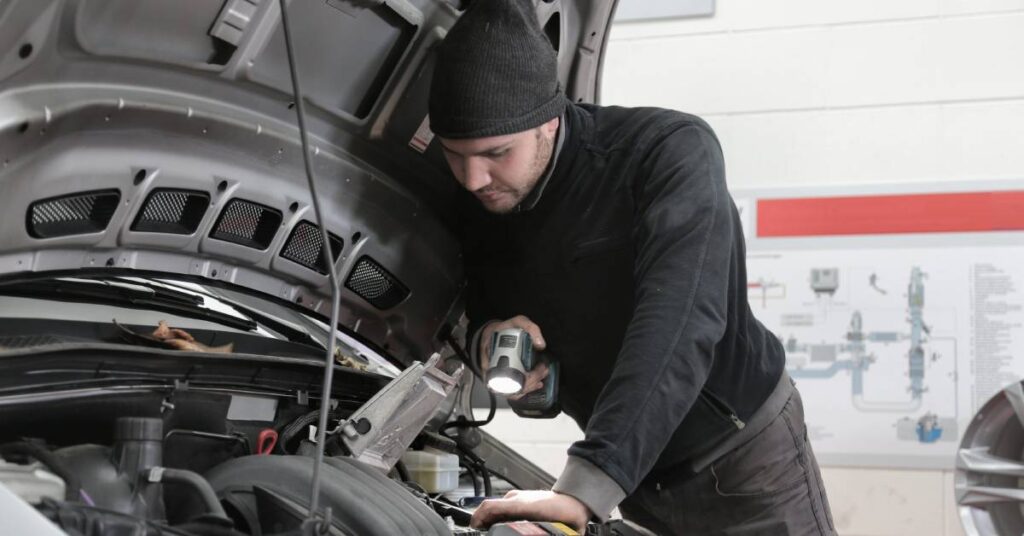
How a Well-Maintained Car Increases Value
A car that starts on the first go, runs quietly, and shows no warning lights is gold. Buyers love seeing new tyres, working aircon, and a tidy engine bay.
Regular servicing and low wear-and-tear make a car more desirable – and more profitable.
Using Vehicle History Reports as a Negotiation Tool
Sites like PPSR or CarHistory can provide a detailed report on your car’s background. No accidents, no finance owing, one-owner history?
That’s ammo for your negotiation. Hand the report to the buyer and say, “See? Nothing to hide.”
Common Mistakes to Avoid When Negotiating
Even seasoned sellers slip up. Avoiding these common errors can help you keep control – and your asking price.
Revealing Too Much Information Too Soon
Don’t show your hand too early. If a buyer knows you’re in a hurry to sell, they’ll use it against you. Keep your reasons brief. Let them talk while you steer the conversation.
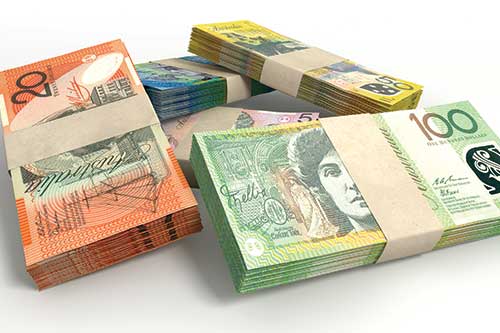
Overpricing or Undervaluing Your Car
Setting your price too high turns people off. Too low and you short-change yourself. Use data to guide your pricing, not guesswork or sentiment.
Your car isn’t priceless – it has a number. Find it and stick close to it.
Failing to Prepare for Objections or Questions
Buyers will ask: Why are you selling? Has it been in an accident? When was it last serviced? Have answers ready. If there’s an issue, explain it calmly and honestly. Being vague just breeds mistrust.
Letting Emotions Influence the Deal
Your car might hold memories, but the buyer doesn’t care. Don’t take low offers personally. Don’t argue. Treat it like business, not therapy. The goal is a fair price, not revenge or validation.
Final Tips to Seal the Deal Successfully
Once you’ve got a serious buyer and a fair offer, it’s time to finalise the sale. Finish strong and smart.

Confirm the Offer in Writing
Get the agreed price and conditions in writing. Whether it’s a formal receipt, an email, or a signed document, a written agreement protects both parties. Don’t rely on memory or handshakes alone.
Complete All Legal and Payment Formalities
Use safe payment methods – bank transfer or a bank cheque. Avoid cash unless it’s for small amounts.
Make sure registration and transfer forms are filled out correctly. Lodge a Notice of Disposal with Service NSW to avoid future liability.
Ensure a Smooth and Professional Handover
Remove your personal belongings, hand over all keys, and wave goodbye. A clear, friendly goodbye leaves the buyer feeling good about the deal – and might even earn you a referral down the track.


